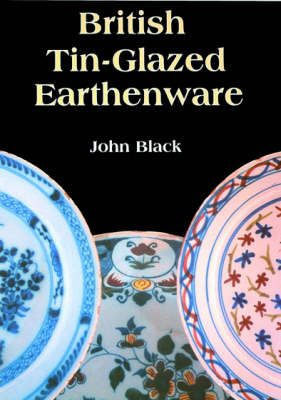Shire Colour Album S.
1 primary work
Book 390
Covering an earthenware object with a glaze containing tin enabled it to be decorated with paints - a technique introduced to Britain from the Netherlands in the sixteenth century. Soon the potters began to imitate Chinese porcelain, then all the rage, and a number of potteries were developed with this in mind. Their output was massive, much of it being exported, and for a long period it was the mainstay of the British ceramic industry. Many eye-catching examples are to be seen in museums and private collections. But it was a fragile body, easily broken, cracked and chipped, and in the second half of the eighteenth century new, more durable materials such as creamware and porcelain began to replace it.
